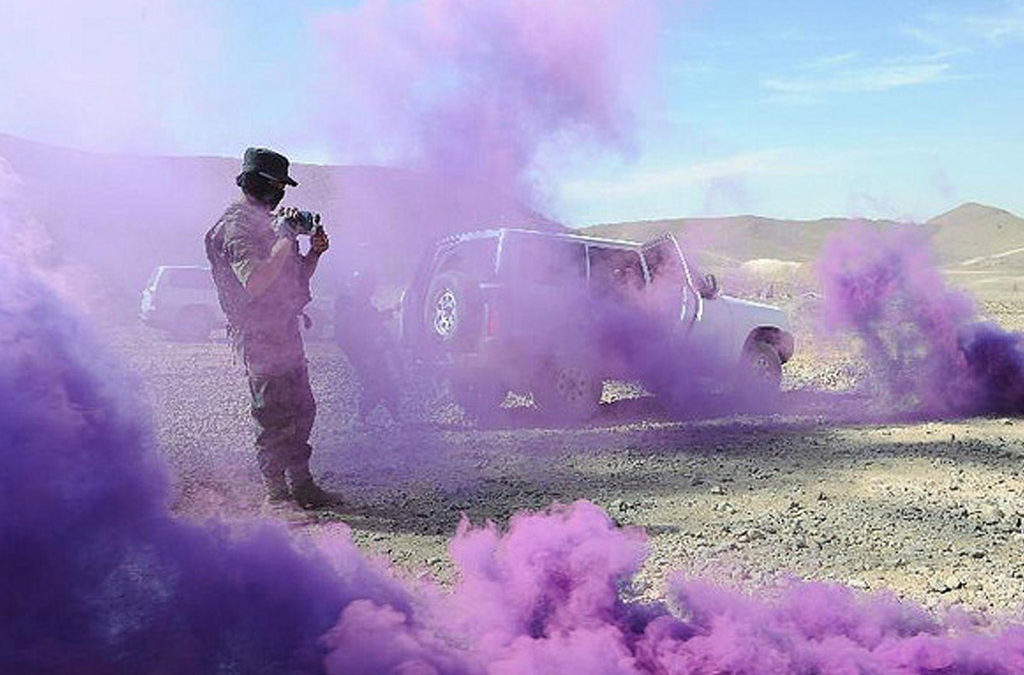David Cortright
The nature of armed conflict has changed dramatically in recent decades. Gone is the old paradigm of industrial interstate war. Instead, conflicts have risen sharply within and beyond states.
In the world today there are 37 armed conflicts (as measured by the Uppsala Conflict Data Program), all of them involving communities divided by ethnicity, language, and/or religion. Most are relatively small (fewer than 1,000 casualties per year), but many are persistent and have continued for years at varying degrees of intensity.
No one has written more incisively on the changing nature of armed conflict than Mary Kaldor. In her classic book, New and Old Wars: Organised Violence in a Global Era (3rd edition), Kaldor argues that a new type of organized violence has developed in our globalized era. These conflicts are characterized by blurred distinctions between formal armed combat, organized criminal violence, and large-scale violations of individual human rights perpetrated by states or armed groups. Terrorist attacks and targeted killings by states or insurgent groups are part of this pattern.
BLURRING DISTINCTIONS
In the “war” that continues in Afghanistan, organized combat between military units rarely occurs, but bombings, assassinations, commando raids, armed criminality, and violations of human rights are frequent. The increasing use of drone warfare fits this pattern, targeting strikes against specific buildings, vehicles or small groups, with little regard for geographic boundaries or the distinctions between officially declared war and ill-defined insurgencies.
Today’s combatants use violence to terrorize opponents. They sow fear and hatred, mobilizing extremist politics to expel unwanted populations.
The new wars blur distinctions between private and public, non-state and state, formal and informal, internal and external, and what is done for political reasons or economic purposes. Combatants do not attempt to seize and hold territory but rather use violence to terrorize and drive away their opponents. The goal, as Kaldor writes, is less winning “hearts and minds” and more the sowing of “fear and hatred,” using the mobilization of extremist politics to expel unwanted populations.
ENTREPRENEURS OF VIOLENCE
Violence is privatized by the growth of organized criminal networks and paramilitary groups that use violent conflict for both economic and political purposes. Armed conflict becomes self-perpetuating as entrepreneurs of violence finance themselves and their units through plunder, hostage-taking, the “taxation” of humanitarian assistance, and various forms of black marketeering. As Kaldor writes, “a war logic is built into the functioning of the economy,” as a semi-permanent military economy becomes deeply entrenched and difficult to break.
Local conflicts and insurgencies also are increasingly transnational and connected to external supporters through networks of international smuggling and trafficking, diaspora groups that provide money and recruits, and foreign donors. The current rebellion in Syria features what local fighters have a called an “Arab foreign legion” of volunteers from various countries representing a range of mixed motives and political goals.
Hit-and-run attacks and violence against civilians are tactics that cannot be defeated through conventional military means.
As Kaldor writes, the new wars arise in the context of the erosion of state autonomy and in some extreme cases the disintegration of the state. Conventional hierarchical military units are being supplanted by new types of armed actors, including paramilitary groups, local warlords, criminal gangs, police forces, mercenary or “contractor” groups, and breakaway units or insurgent infiltrators in regular armies.
These forces are highly decentralized and ebb and flow toward either cooperation or confrontation depending on opportunities or threats. They employ asymmetric tactics of hit-and-run attack or violence directed against civilians rather than formal combat and cannot be defeated through conventional military means.
Distinctions also are blurring between uniformed combatants and full- and part-time insurgents and their noncombatant supporters. Ethical principles of discrimination and civilian immunity become more uncertain and difficult to apply. Insurgent bombings, commando raids, and drone strikes kill civilians in addition to those targeted. In Afghanistan last year, more than 3,000 civilians were killed, mostly from insurgent attacks.
Reducing the scourge of new wars will require overcoming the politics of exclusion and restoring public authority and the rule of law.
In the face of these new wars large-scale military interventions and uses of conventional military force are often dysfunctional and counter-productive. Popular opposition to the presence of foreign forces enables militant leaders to mobilize extremist political support. Prioritizing military approaches diverts attention from the difficult challenge of addressing the underlying economic, political, and social conditions that contribute to state weakness and increase the risk of armed conflict.
Reducing the scourge of new wars, Kaldor writes, will require overcoming the politics of exclusion and restoring the legitimacy of public authority and the rule of law. For these purposes the use of conventional military force is of little value.
David Cortright is director of policy studies at the Kroc Institute for International Peace Studies.




